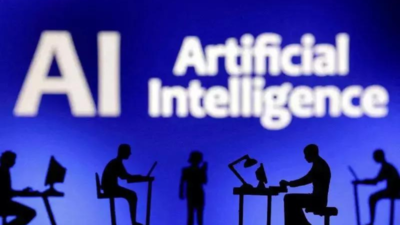
Chinese artificial intelligence advancements emerged as a major driving force in shaping the global AI landscape during the first quarter of 2025, according to a new report from Artificial Analysis, an independent AI benchmarking and insights provider.While the United States continues to dominate in reasoning models—with the top four spots on the Artificial Analysis Intelligence Index held by US labs—China has taken the lead in non-reasoning categories. The report notes that DeepSeek V3 0324 currently stands as the leading non-reasoning model, marking a significant milestone for Chinese AI labs, ANI reported.“The rise of Chinese AI Labs marked a notable shift in global competition. Chinese entities released models that rivalled US counterparts, particularly in open-weight models, with DeepSeek V3 0324 leading in non-reasoning categories,” the report highlights.Labs outside the US and China have made progress but are not yet contenders in the frontier intelligence space, the report adds.The global AI landscape remains highly dynamic, with continual progress driven by key players such as OpenAI, Google, and others. OpenAI’s o4-mini (high) has maintained its lead in overall performance, but competitors like Google’s Gemini 2.5 Pro and xAI’s Grok 3 have significantly narrowed the gap, intensifying the competition among top labs.Reasoning models, which solve problems by generating intermediate steps before reaching an answer, are identified in the report as a critical frontier. Their widespread adoption across major labs has yielded meaningful gains in intelligence and problem-solving capabilities.Artificial Analysis also points to technological shifts that have drastically reduced costs. The adoption of Mixture of Experts (MoE) architectures, smaller model designs, optimized inference, and new hardware have led to a more than 32-fold drop in AI inference costs since September 2024, and over 1000-fold since the launch of GPT-4 in 2023. These efficiencies are rapidly making high-performance AI more accessible.Multimodal AI has also made significant strides, particularly in image and audio processing. OpenAI’s GPT-4o set new quality benchmarks in image generation, while text-to-speech capabilities across the board became increasingly lifelike, enhancing the naturalness of AI dialogue.Taken together, these trends signal a quarter marked by accelerated innovation, expanding access, and heightened global competition in the AI sector.














